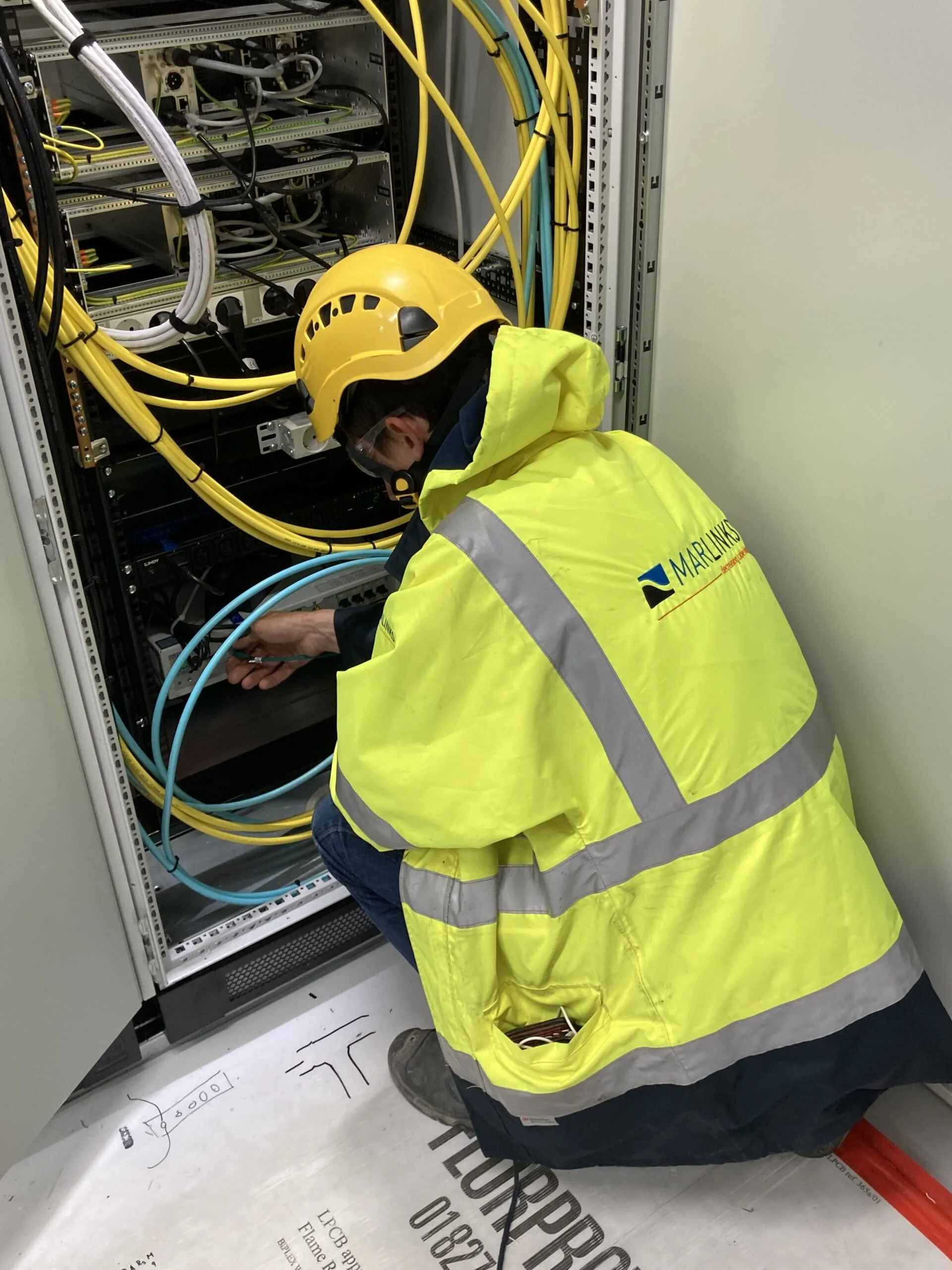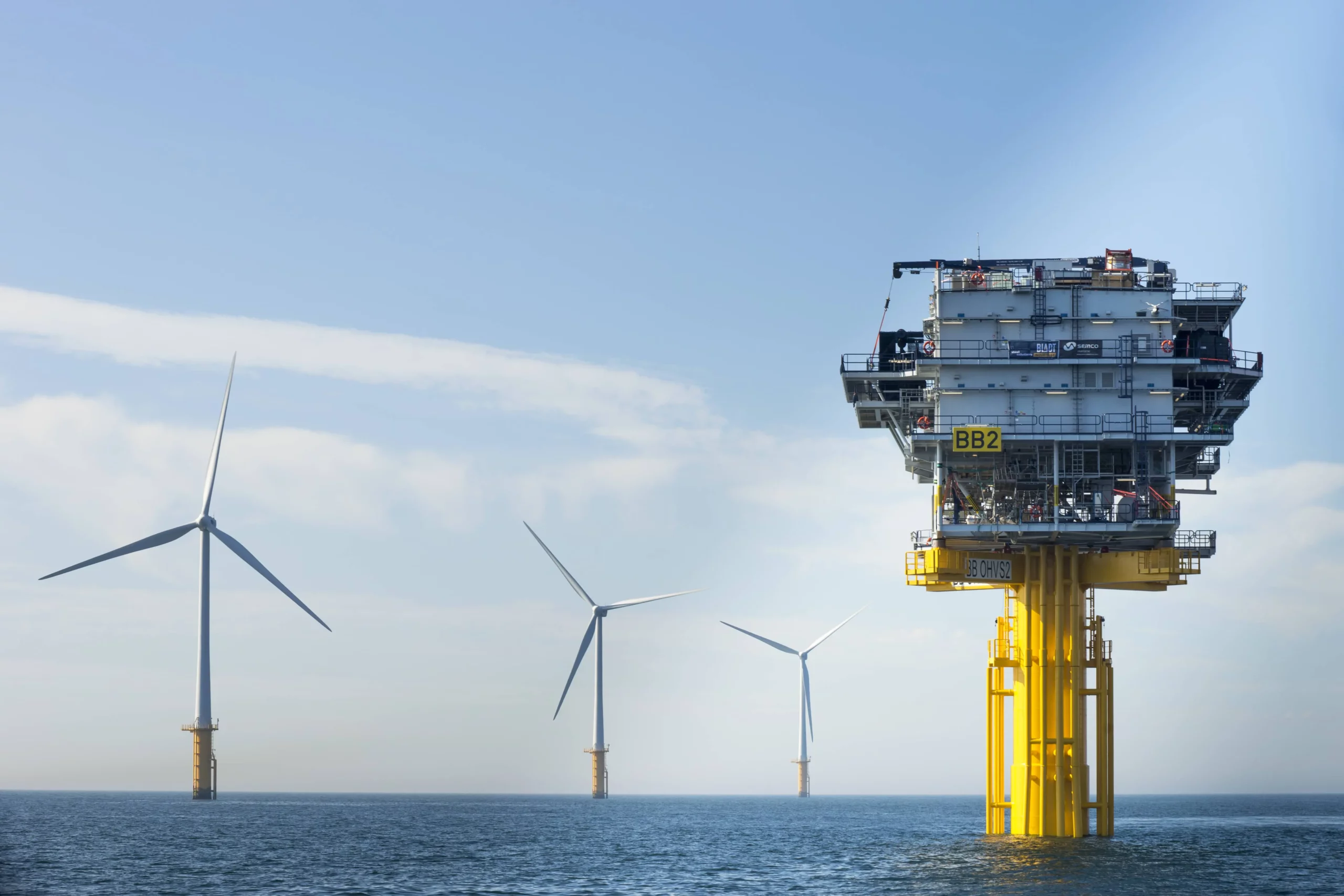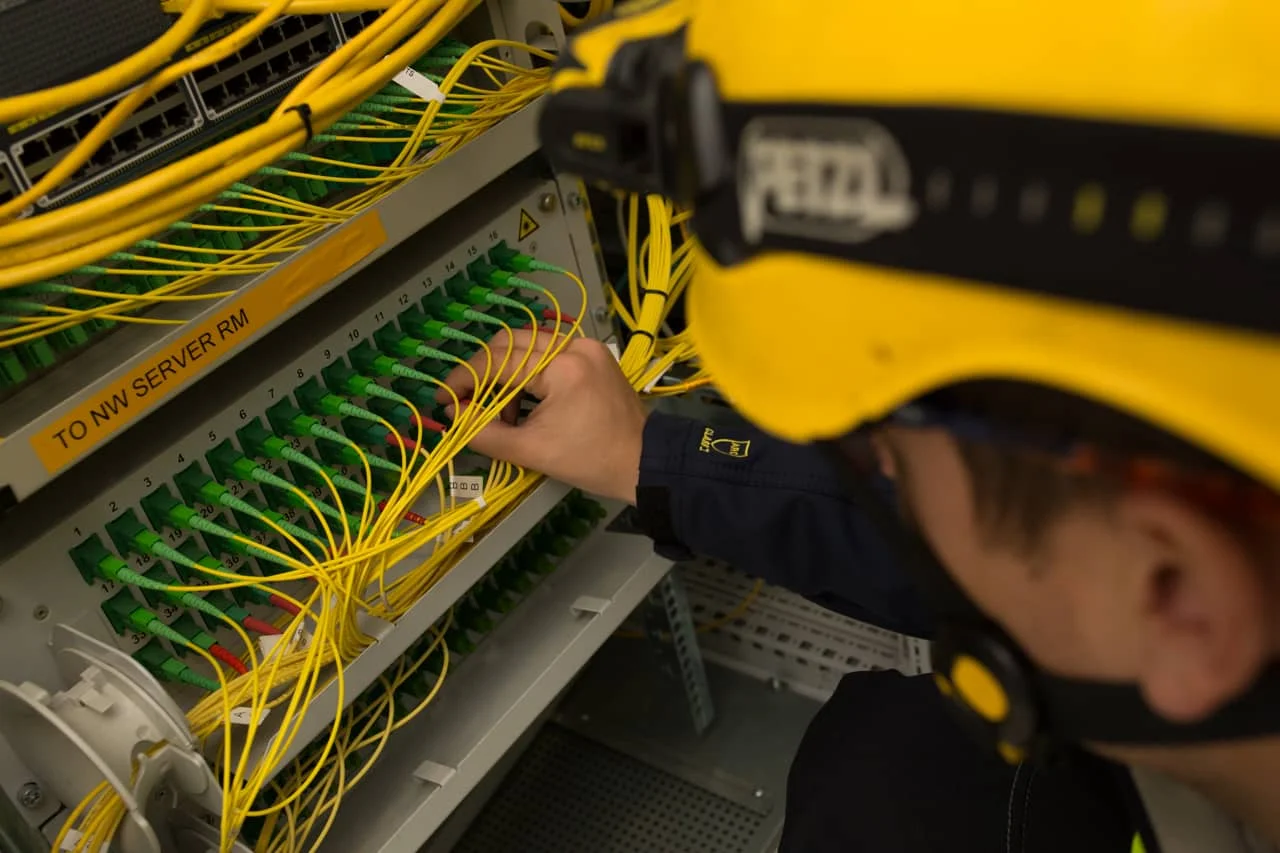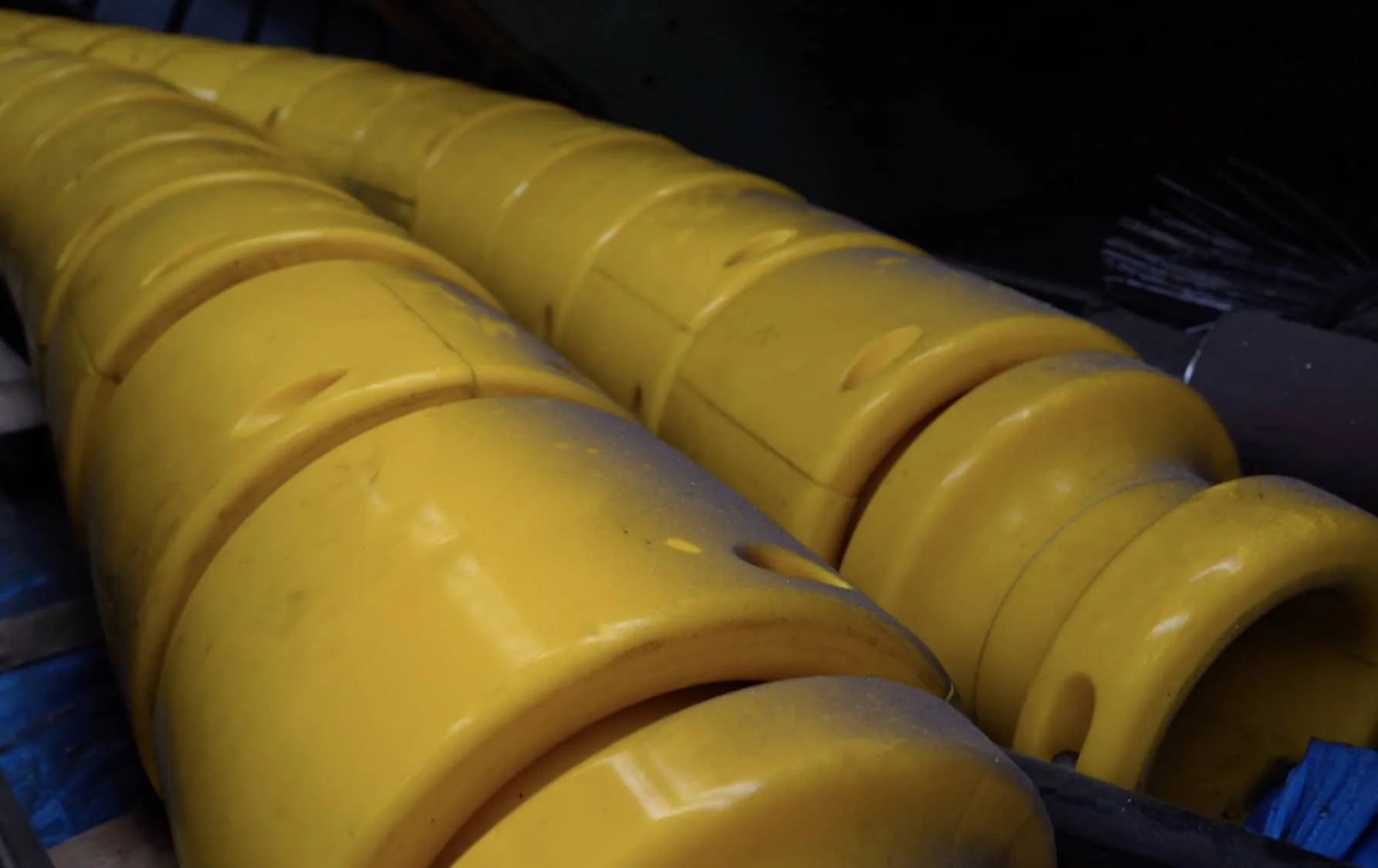BOPTIC research project.
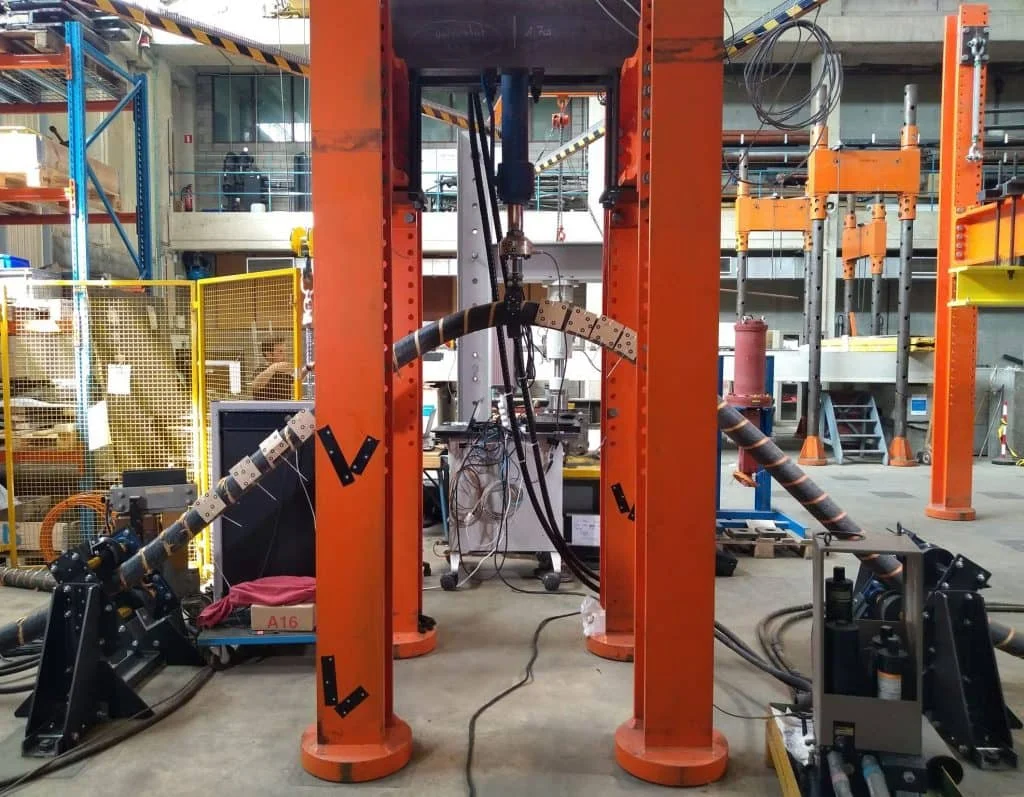
Project introduction:
- Boptic – Monitoring of offshore power cables and foundations by Distributed Fiber Optic Sensing
- 9 Partners: Marlinks, Com&Sens, 24SEA, Laborelec, IMDC, OCAS, VUB, UGent, Parkwind
- Coordinator: Vrije Universiteit Brussel & Marlinks
- Expected end year: 2023
- Duration: 3 Years
- Total Budget: € 1.672.845
- Funded by The Blue Cluster
Project context
The project idea originated from the understanding that it is crucial to have the knowledge and tools to detect and mitigate failures in cables and foundations of offshore wind farms as this is the key to large cost reductions and to economically viable wind production as an energy source. The BOPTIC project therefore targets to reduce O&M costs by focusing on the Balance of Plant (BOP) of offshore wind farms through the use of emerging optical (OPT) sensing technologies and advances in both data ¬handling and data¬mining tools for improved condition and structural health monitoring of both power cables and foundations.
Project description
The BOPTIC project wants to make a major step forward, by bringing OPT sensing technologies and advanced data analysis tools from TRL 3-¬4 to TRL 4¬-5, and tailoring them for monitoring the BOP components. As such the achieved smart cables and smart foundations of an offshore wind farm serve a targeted overall reduction on OPEX and as well as an overall LCOE reduction.
The project will offer the technology and service solution providers (Marlinks, Com&Sens, 24SEA, Laborelec, IMDC, OCAS) the tools to acquire new projects for monitoring cables and/or foundations, extending their current portfolio. For the park owner (Parkwind), it will allow continuous monitoring of their parks reducing O&M costs and making extended exploitation possible. Finally, for the involved university groups (UGent, VUB), the project fits perfectly with their other activities on developing the newest advances in monitoring tools and methodologies and analysis procedures and will provide new opportunities in these fields. The project will strengthen the position of all partners as well as the visibility and expertise of Belgian offshore wind industry and the Flemish value chain partners overall.
The BOPTIC project addresses needs of the offshore industry by reducing the OPEX cost of the BOP for offshore wind by the development of innovative monitoring technologies for the cables and foundations using emerging OPT sensing technologies. These solutions include:
- For cable monitoring: burial depth measurement, lifetime measurement/estimation of the XLPE (cross¬linked polyethylene), freespan detection, strain on the cable, bending moments, fatigue measurement, partial discharge, impact of anchors or trawling nets;
- For foundation monitoring: scour depth/soil integrity monitoring, continuous load/bending moments assessment, weld crack detection.
The general purpose of the BOPTIC project is to deploy two optical distributed measurement techniques (Distributed Acoustic Sensing, DAS and Optical Frequency Domain Reflectometry, OFDR) and develop installation techniques and analysis methods for new applications in an offshore environment, hereby adding to smart cables and smart foundations of offshore wind farm.
More information?
Let’s have a chat at sales@marlinks.com and we will be happy to help you.
